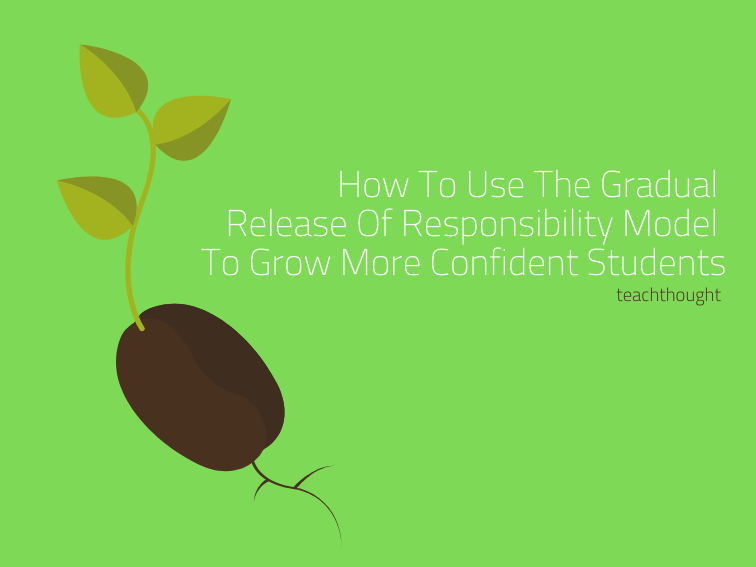

by Terry Heick
Learning is a culture.
It starts there – with students first as human beings who need to understand their environment. And that stops there – with the students who use what we give them home, in these physical and digital environments.
Even the practices that promote or undermine the learning process itself are human and cultural artefacts above all. Literacy, curiositySelf-effectiveness, ambition and other important learning agents were born in the native environments of the house.
In addition, learning is underway, perishable and alive – just like culture.
But what about your class? Can you promote a certain culture there strategically there, or does it happen, the apparently random product of the list of students mixed with your personality as a teacher?
And in addition, what is a “learning culture” and can you create one yourself? The short answer is that a learning culture is “a collection of thought habits, beliefs on oneself and collaborative work flows that cause lasting critical learning”. Or that’s how I think about it anyway.
Can you make it happen? Of course, you can. Almost anything can be learned and without learning. It is simply a question of identifying the desired characteristics, then using the Progressive liberation model of the liability modelLeave it intentionally.
Leaving it intentionally can look like an oxymoron – well, it is an oxymoron. The idea here is to create the conditions conducive to a result – there, a learning culture – then to move away. You cannot cause curiosity, enthusiasm or affection.
But you can let them occur.
How to use the progressive liberation model of responsibility to develop more confident students
1. Show them
Moddle “thought habits, self -beliefs and collaborative work flows that cause lasting critical learning”. Demonstrate the weighing on reflection, reflexive writing, metacognitive conversations and other human practices and habits that lead to learning, then reflect on their impact again. How they succeeded. Where they failed. What you could do next time.
To use the progressive liberation model of the liability model, students must see others use it and who better to model it but you?
2. Help them
The next step in the progressive progressive release model is to help students do what you have shown them for themselves. Put them in a group. Ask them to publish their thinking in writing or on a podcast. There is a lot ways in which students can make learning visible.
And in doing so, try to provide them with soft cushions to land when they fail. Offer strategies, coaching and general support. Help them publish their reflection – the right songs at the right time with the right audience. Help them self-assess their performance. Help them create their own standards for their own work.
Require them to review old ideas, old writing and old projects. At this point, the big idea is to simply help them develop the autonomy you have modeled in the first step. Autonomy is both a cause and an effect of trust and the two are necessary to create a learning culture.
3. Leave them
The last step in promoting a learning culture in your class is to simply deviate. Give them just enough to take off alone. A subject. A community. A project idea. An application. A problem (in their eyes) which deserves to be solved.
Consider it Combined learning Model – Then let them show what they can do. And if they are sitting there like bumps on a newspaper, come back to stage 1.
The development of confident students using the progressive liability model requires, after having shown and helped them, that you “leave” them. What you “let” “leave” them depends, of course. A mathematical problem, a creator project, an official debate, a reading test – everything you have modeled for them, then helped them to do so. To create confidence in students, you have to show them that you trust them.
If they “fail”, that’s good. Failure is an essential element of learning; Return to the previous step and “help them” again.
Conclusion
If we consider the definition of culture as “the customs and beliefs of a community of human beings”, then the fact that culture precedes and learning is logical. There is an ecology in the learning process that cannot be extracted, unpacked or closely to adapt to an edition of the box as you hoped.
I mean, you can press it in a box, but at the risk of losing the type of sustainable learning culture, that’s all the interest of all this.



